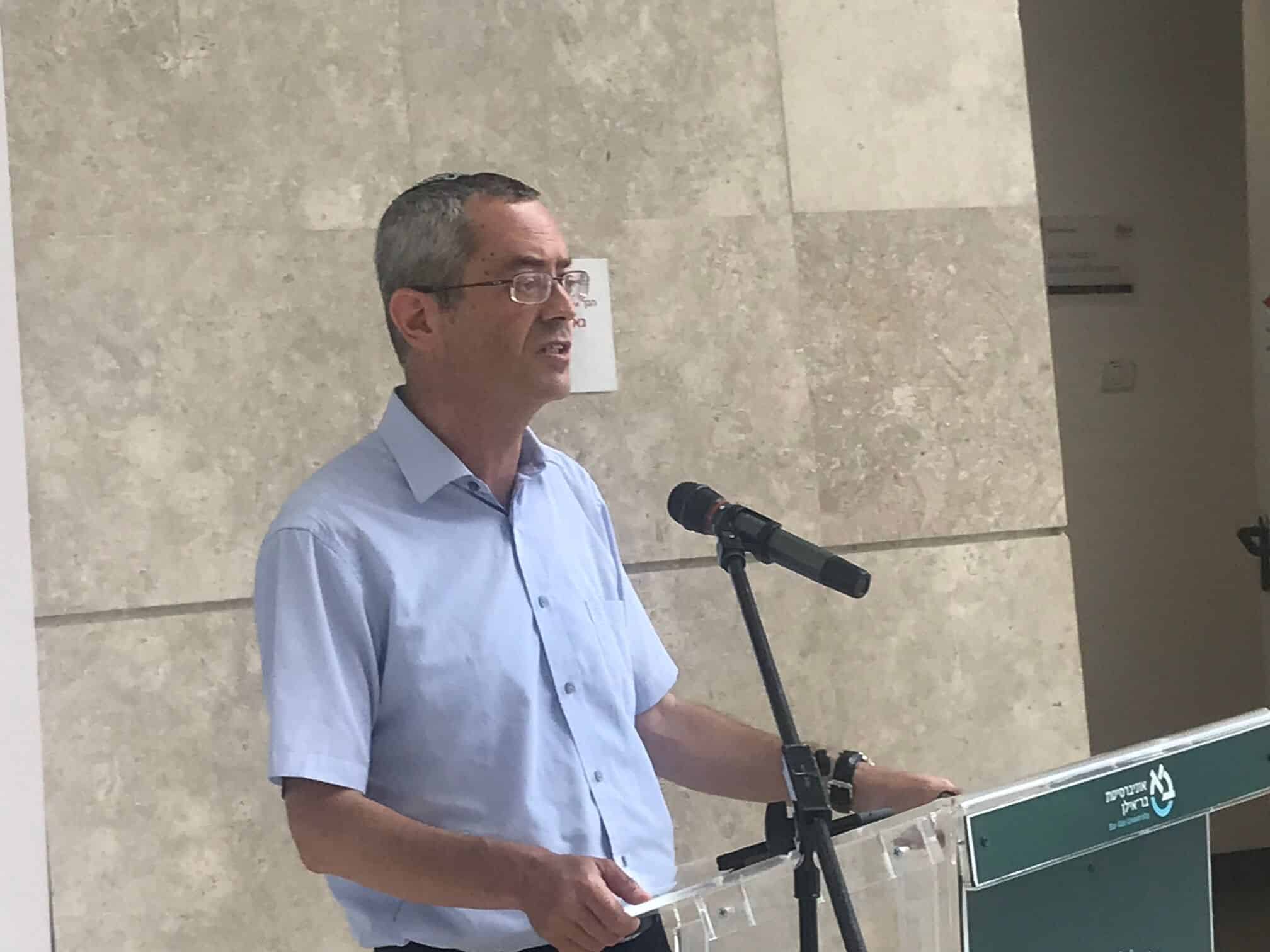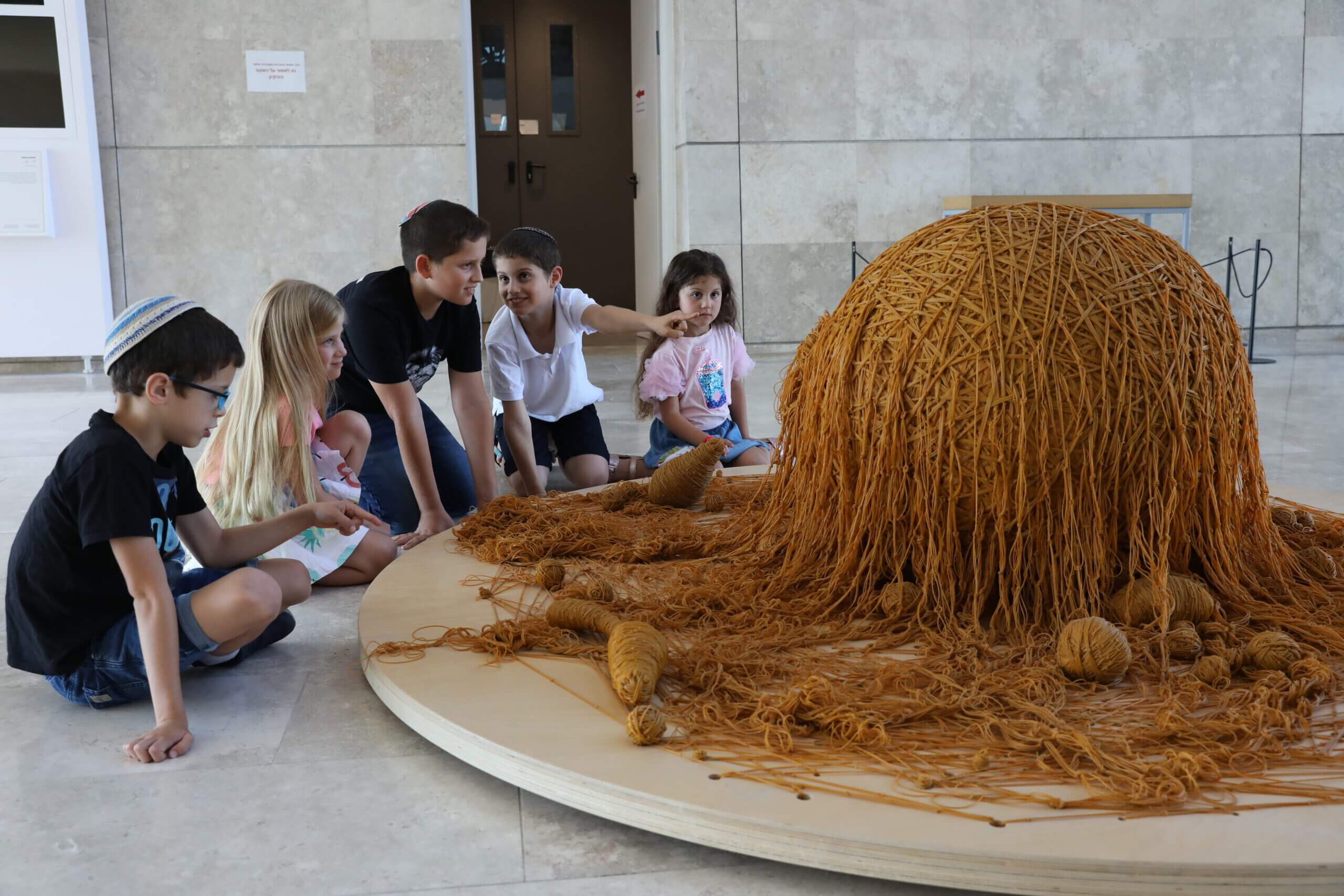Says Prof. Dror Pixler, head of the Institute for Nanotechnology and Advanced Materials at Bar Ilan University on the occasion of the opening of the "Nano Museum" inside the Nano Triplex at Bar Ilan University

As we reported yesterday, at Bar Ilan University, the Petar Museum of Art and Nanosciences was opened.
Nano Museum It is part of the Institute for Nanotechnology and Advanced Materials and it is spread over the institute's seven locations, right next to the research laboratories.
The museum presents works of art that are a collaboration between different artists in Israel and around the world and between scientists researching at the institute, and offers an experience of discovery, curiosity and broadening the mind for the whole family.
In the exhibition that opened this week, 'New Languages', an artistic experience of developing research in the fields of biology, physics, chemistry, engineering and computer science awaits you, revealing the living and pulsating nano research that takes place in the institute's dozens of laboratories.
Curator of the exhibition Tal Yizrael, "This is a window into the wonderland of nano research, which is invisible to the eye. In nanoscience as in art, research into matter and essence leads to the discovery of new phenomena and new worlds."
Dror Pixler, professor of electrical engineering at the Faculty of Engineering at Bar-Ilan University and the head of the Institute for Nanotechnology and Advanced Materials, explained in an interview to the scientist website: "The institute positions itself as a leader in Israel in the field of nanotechnology and advanced materials at an academic level. Now there is the beginning of leadership at the industrial level as well. We are leaders in clean rooms and quantum systems, nanophotonics (which is my personal research field)."

Making complex science accessible
"We realized that the important thing besides doing excellent science and developing the next technologies is also to communicate with the environment. For years, high school students have been coming to us who come to receive a wealth of science from us. Today we are establishing a museum that is both a science museum and a unique world-class art museum. There is nothing like it in the world. It started with a joint hackathon that we did in collaboration with scientists and artists. There were many proposals, of which over twenty reached the judging committee, in which curators from MOMA and museums in Europe were also partners, and we chose from them the works we present today. "
"The idea is to allow any lover of knowledge and science and anyone who loves art to come and see how this combination between scientists and artists takes place." Prof. Pixler added.
"By the way, the guides at the museum (it is only open to groups) are graduate students for whom we have held special training. We already did a lecture but then the corona virus came. We received excellent feedback from people inside and outside the university - for example, the National Academy of Sciences."
Prof. Pixler also told about his personal experience as a researcher whose research received an artistic interpretation in the exhibition. "I myself have a presentation here, about a study published on the science website. Nanoparticles that we put into the human body and they help us monitor the immune system - that is, computers inside the human body. An artist named Ella Strauss, a newcomer from Poland, took our paint molecules in the direction of spinning wheels. It turned out very beautiful - a pillar of light that connects heaven and earth, the spinners begin to spin, emitting light. The particle transmits the light upwards. This is her interpretation of our lack of acknowledgment. At the end of the spinning wheel falls, we don't even know where we will find ourselves."
The idea is to combine these worlds is quite rare. We do not rent a similar museum - neither science museums nor art museums which are of course the absolute majority of museums.
More of the topic in Hayadan:
